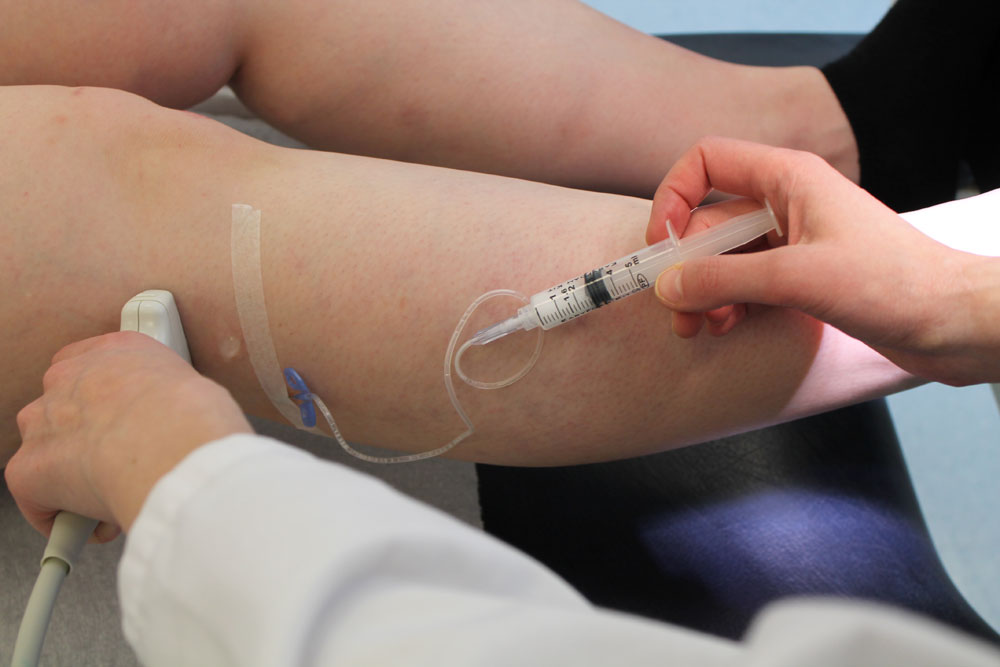And how can you deal with it?
It is very normal for some bleeding to occur during childbirth. When the placenta separates from the uterus, there is some blood loss to be expected. C-Sections cause higher bleeding than natural deliveries. However, the body can cope with this “normal” blood loss, as it has increased blood volume by up to 50% during the pregnancy.
But once childbirth is over, the body should begin to heal quickly. There should be very little bleeding after delivering the child. If there is some bleeding, it’s important to understand the reasons for the post pregnancy bleeding—not just what’s causing it, but what you can do about it:
- Healing body – For the first 24 hours after childbirth, your body is still healing from the intense delivery, so some bleeding is to be expected. You may find that the bleeding is heavy enough that you soak a maternity pad once or twice a day. Blood clots are fairly normal. However, if there is more than a little blood, it’s recommended you show your nurse or doctor. There may be some internal damage causing the bleeding to continue after your body should have healed.
- Lochia – This is a perfectly normal post-partum symptom. Remember how your body increased the blood volume significantly in anticipation of the pregnancy? Well, lochia is a heavy flow of blood and mucus that is your body’s way of getting rid of that excess blood. There will be some heavy blood and mucus flow for up to 10 days after delivery, but the bleeding will usually slow to spotting and stop altogether within 4-6 weeks.
- Period – Yes, sometimes bleeding is a sign your body has returned to normal! You haven’t had a period for months, so you may have forgotten that your body is designed to eliminate unfertilized eggs every month. Your first period will usually set in 4-6 weeks after childbirth. Women who breastfeed usually take a little longer to get their period. If the bleeding is heavier than normal, it’s a good idea to talk to your OB/GYN about it.

READ MORE: 11 Pregnancy Makeup Tips All Women Should Know
- Bleeding wounds – During pregnancy, it’s not uncommon for there to be some minor lacerations, or your doctor may have had to perform an episiotomy in a difficult pregnancy. These wounds take time to heal, and sometimes they can be reopened. Your doctor will want to give you a quick exam to make sure the wound isn’t bleeding too much.
- Blood disorders – Blood disorders can prevent your blood from clotting or lead to excessive clotting, both of which can be problematic. A number of blood disorders can cause postpartum bleeding that ranges from minor bleeding to a full-on hemorrhage. If you have been diagnosed with a blood disorder, it’s important to take that into account when talking with your doctor.
- Retained placenta – This is an occasional problem that occurs when a part of the placenta sticks to the uterine wall, rather than separating and being delivered with the rest. It can cause heavier bleeding, fever, abdominal pain, abnormal vaginal discharge, and may even lead to infection. If your doctor confirms the presence of the placenta (using an ultrasound), they may need to perform a surgery to remove it.
- Increased activity – The first day you do exercise or the first time you have sex, you’re engaging in activity your body may not be fully ready for. There may be some bleeding, dizziness, or exhaustion. If it’s serious, visit your doctor and find out if there’s something wrong. Take it easy your first time engaging in physical activity.








